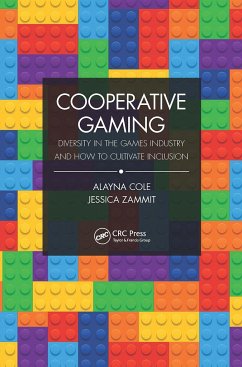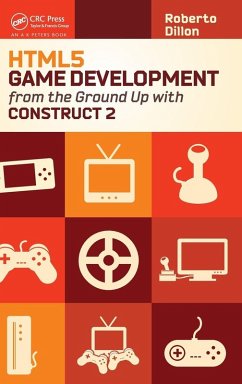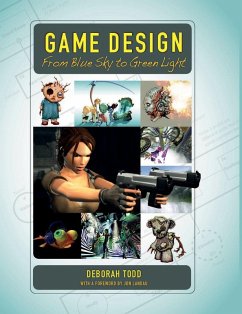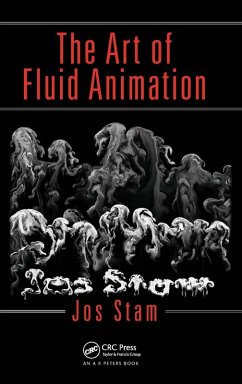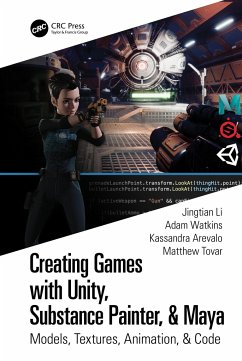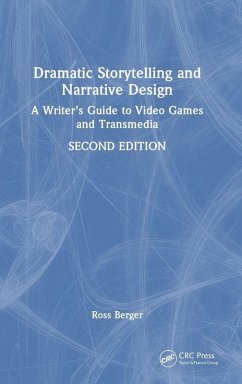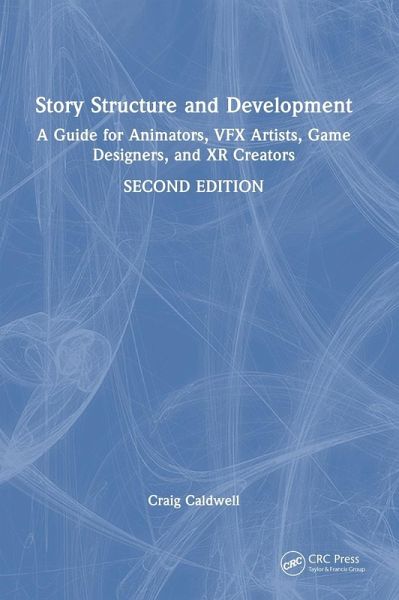
Story Structure and Development
A Guide for Animators, VFX Artists, Game Designers, and XR Creators
Versandkostenfrei!
Versandfertig in 1-2 Wochen
164,99 €
inkl. MwSt.
Weitere Ausgaben:

PAYBACK Punkte
82 °P sammeln!
This book provides a clear and practical approach to understanding the essentials of storytelling. This book distills fundamental elements, principles, and structures, explicitly tailored for animators, game designers, VFX artists, and XR creators, so they can seamlessly integrate these concepts into their work.






